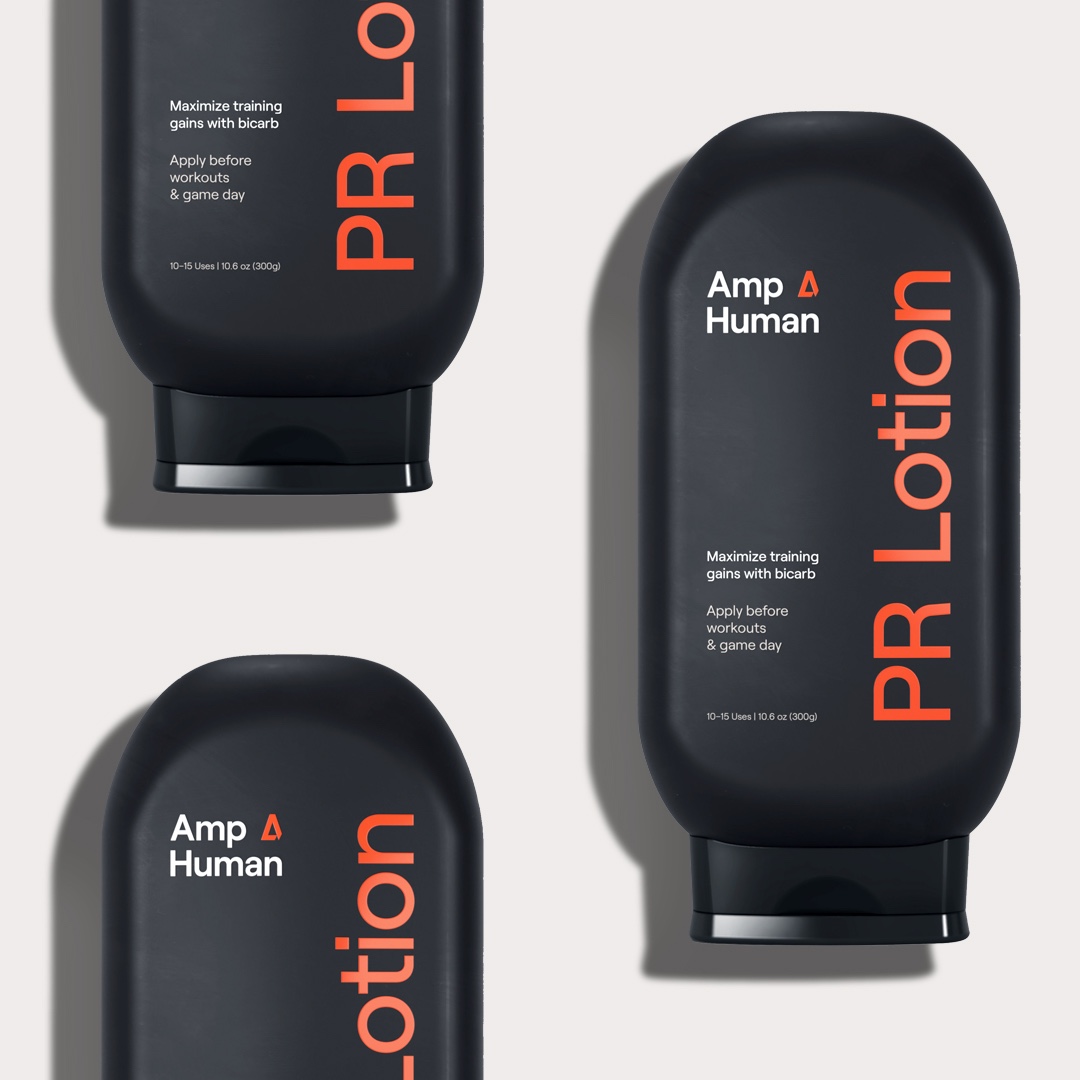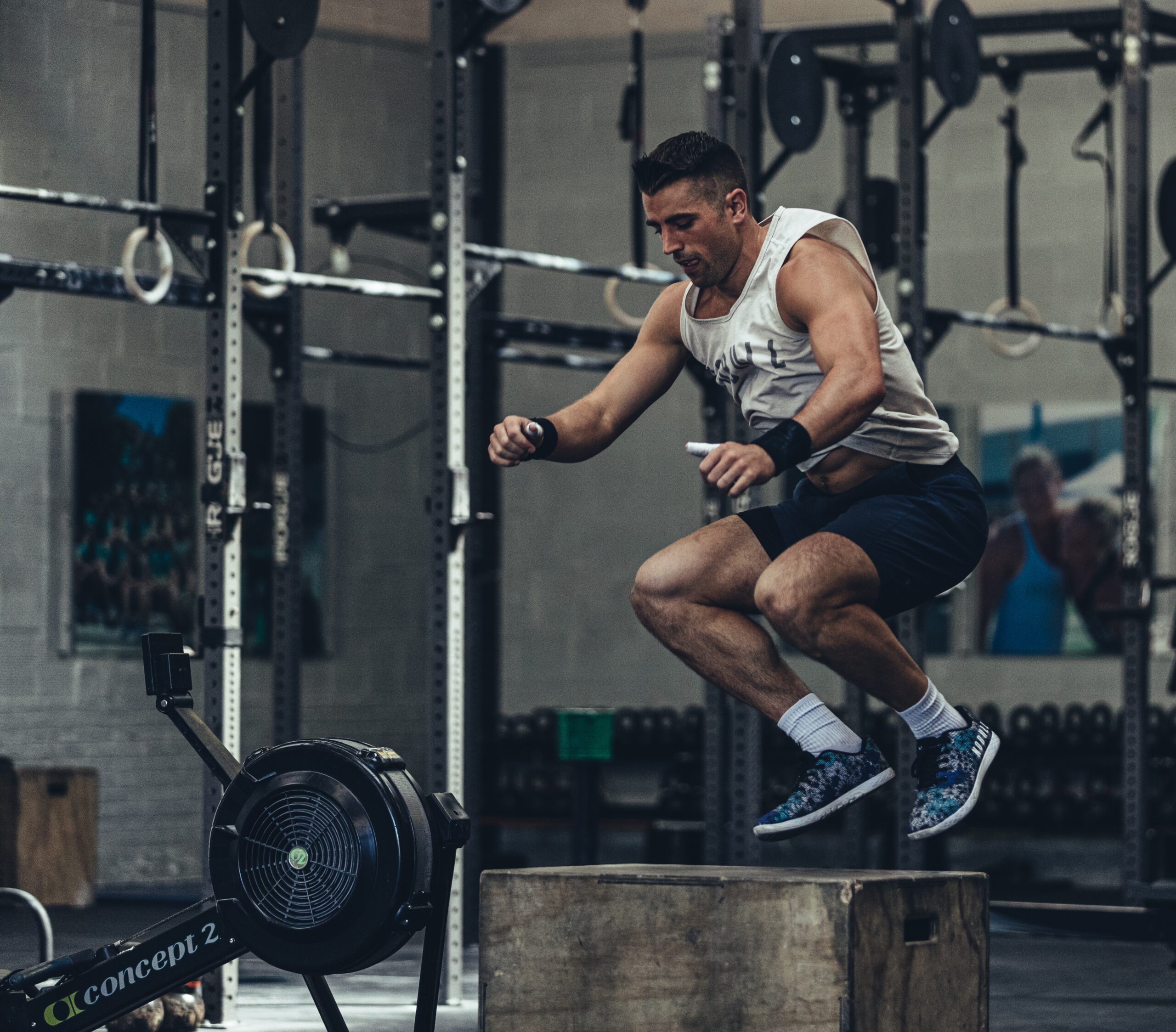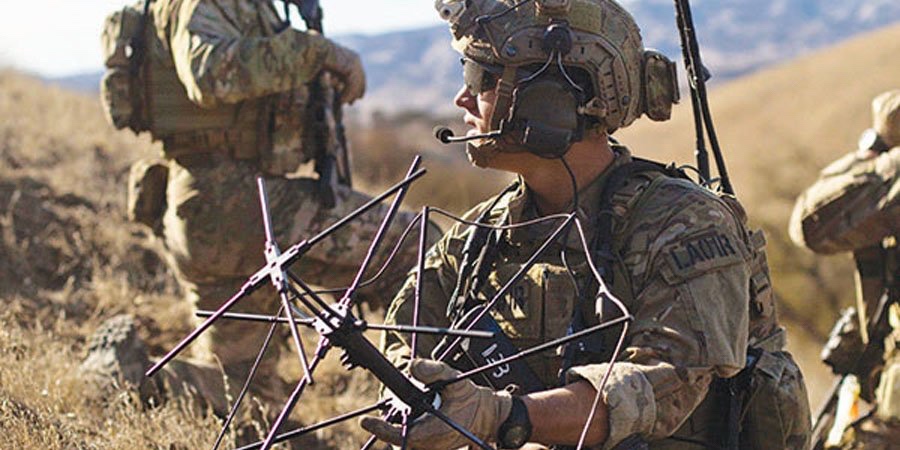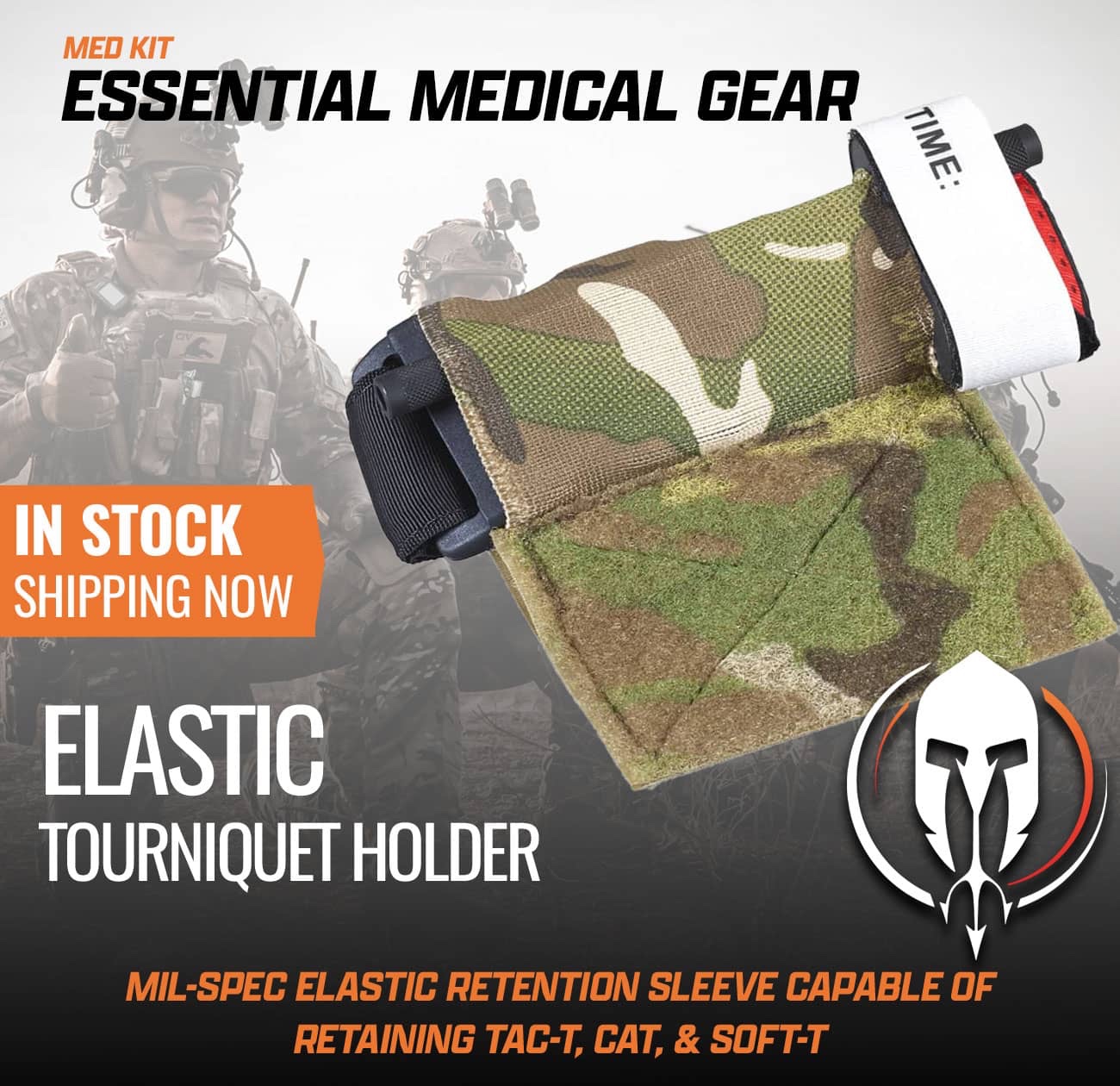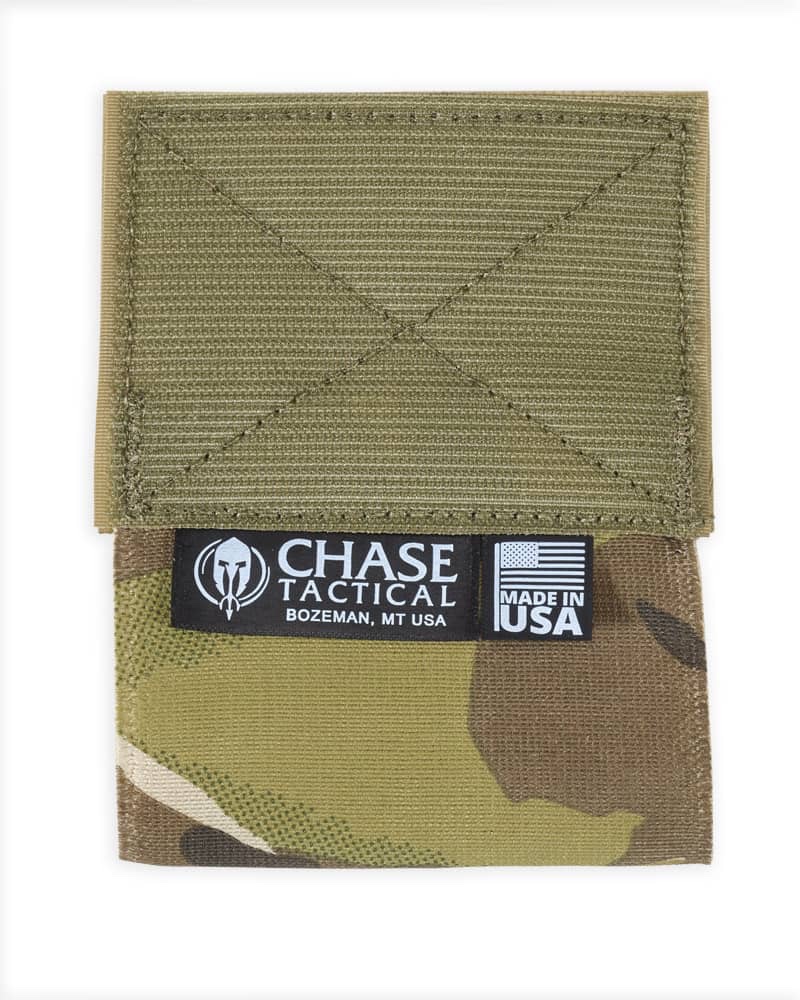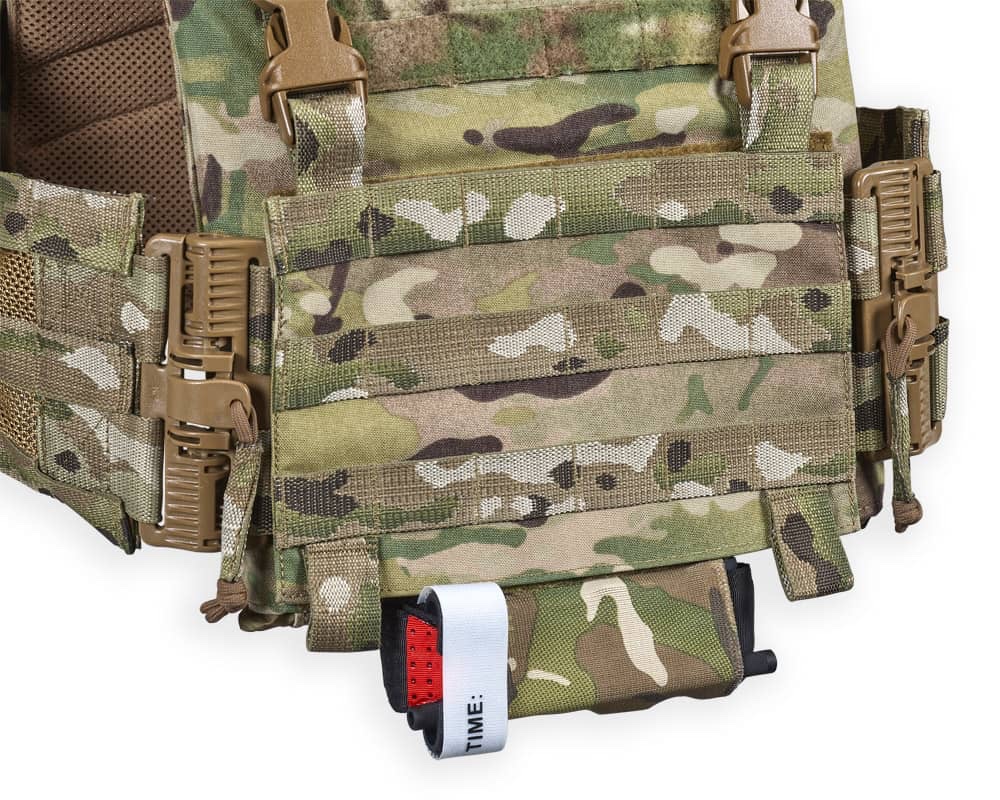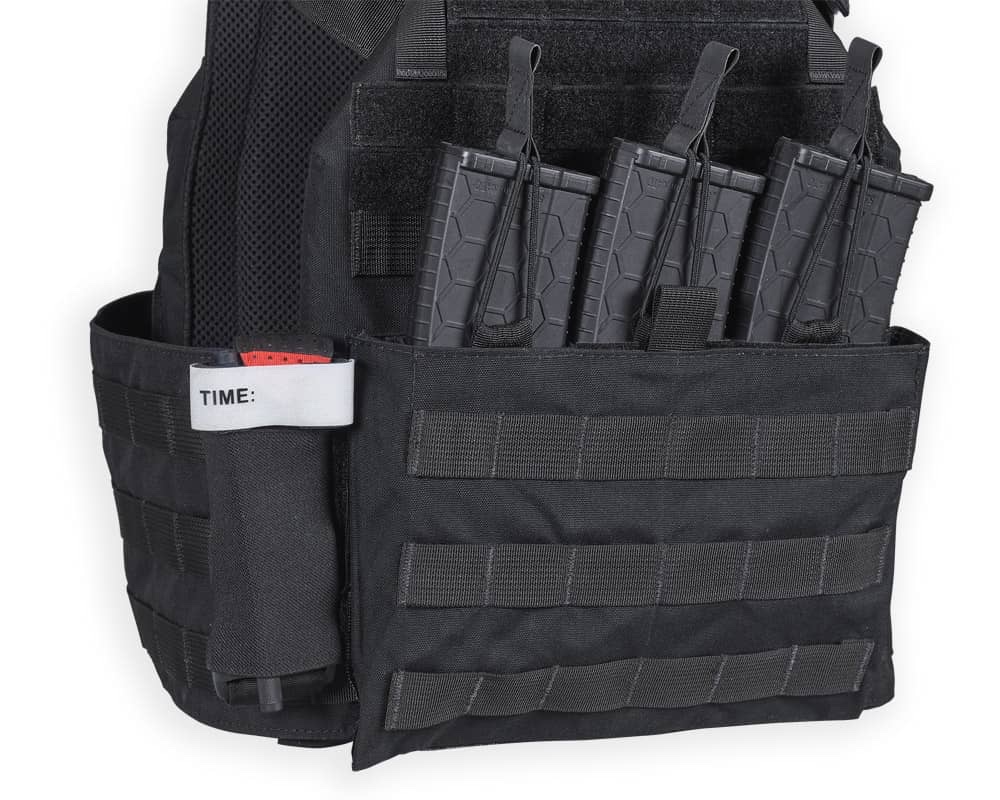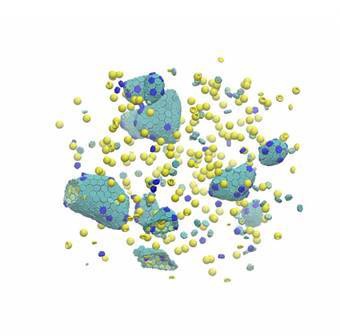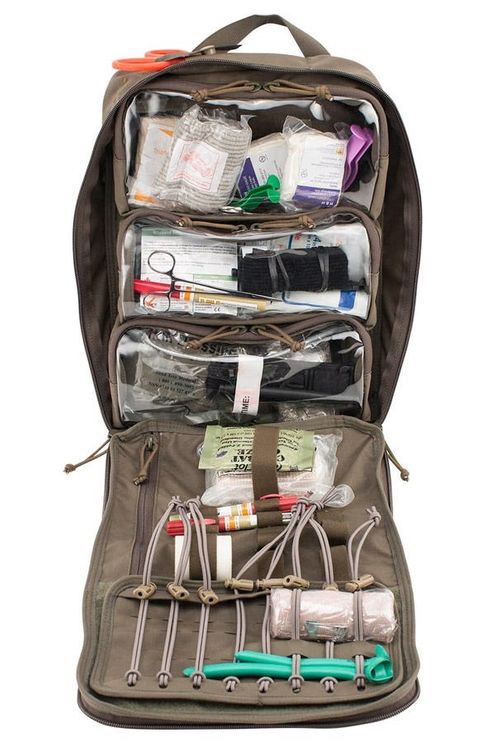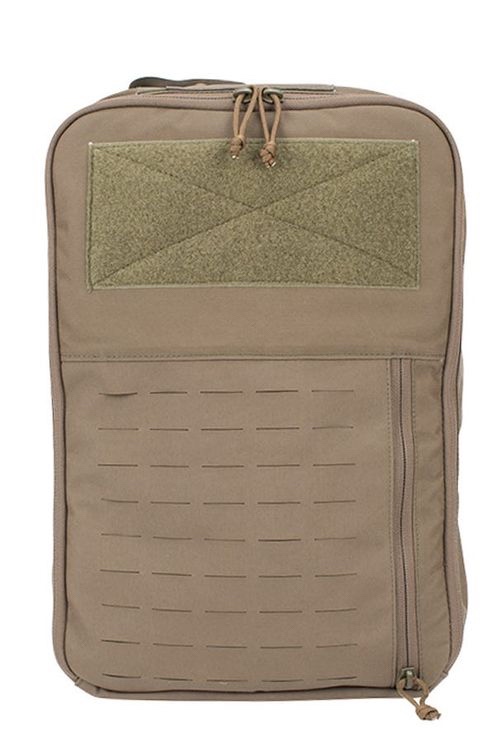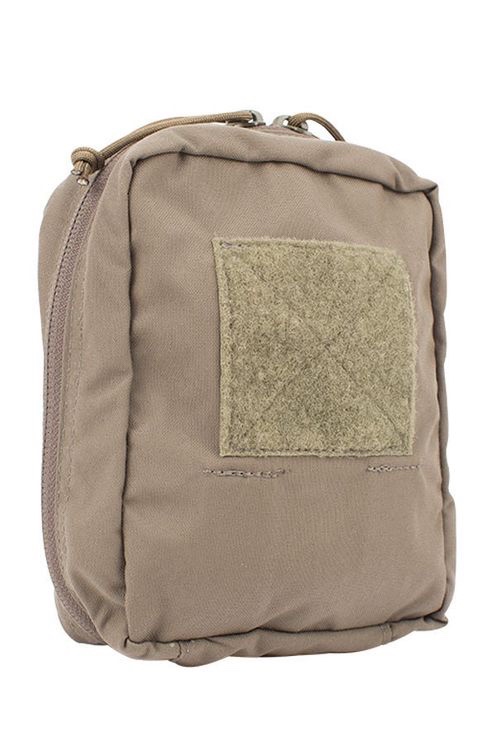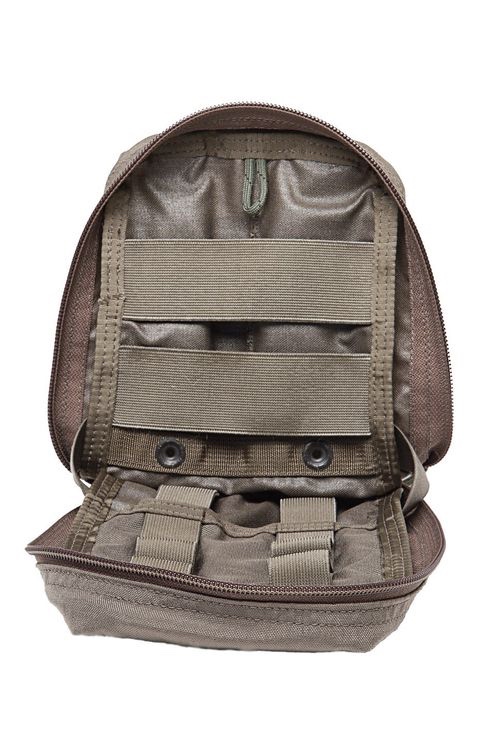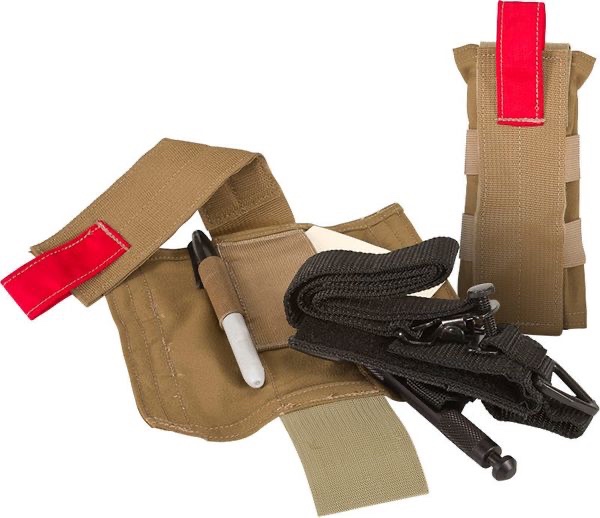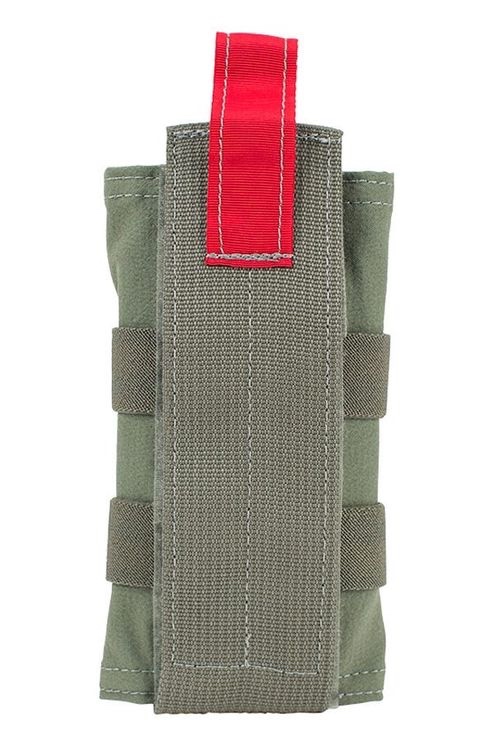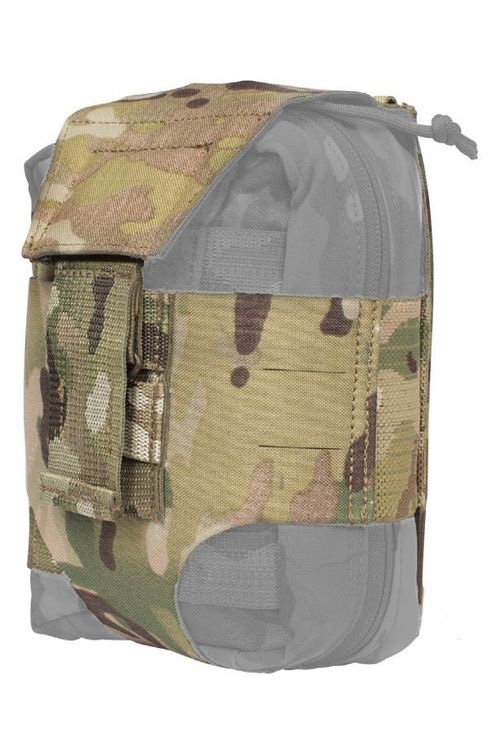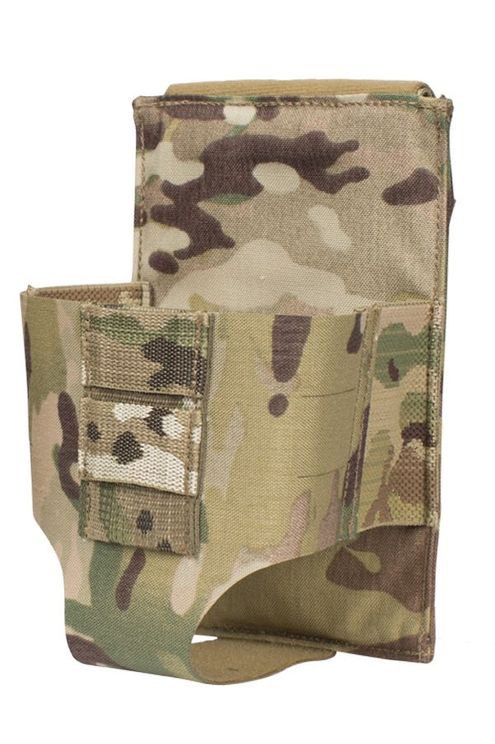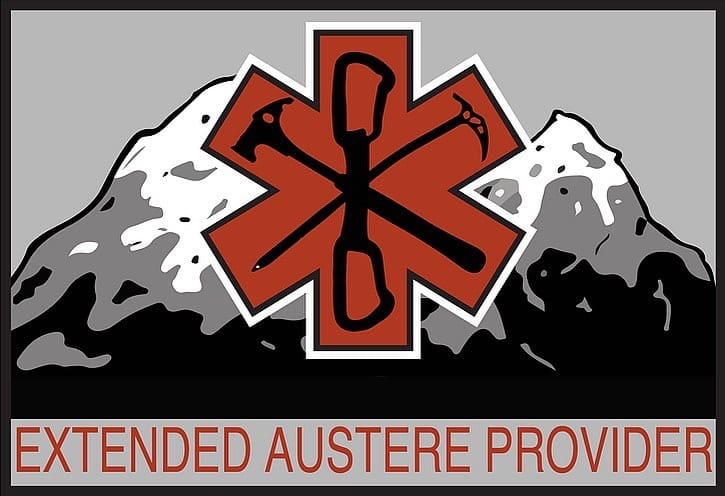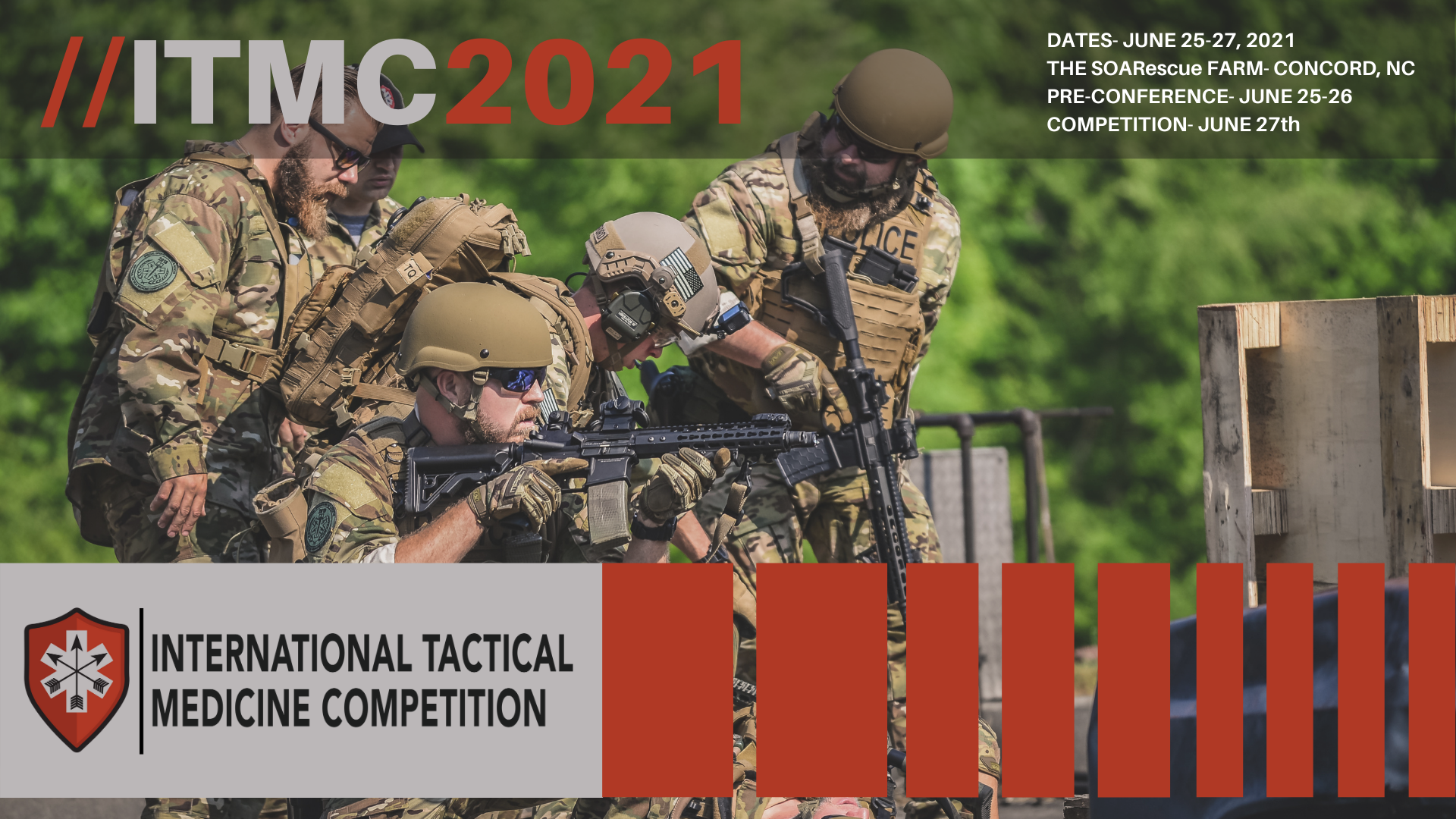
The past year has been trying for everyone. The new normal we have now become accustomed to is not going anywhere soon. The 2020 ITMC had to be canceled, to comply with international restrictions put on gatherings and travel. However, we have good news! ITMC 2021 is a go! With protective measures in place, the 2021 ITMC will have been worth the wait!
The 2021 International Tactical Medicine Competition will be held at The SOARescue Farm- Training Center just outside of Charlotte in Concord, North Carolina on Sunday, June 27th, hosted by SOARescue. The event will be held just prior to the Special Operations Medical Association Scientific Assembly. In total, 8 two-man teams will compete for the title of 2021 Champions. This year’s competitors come from across North America from coast to coast as well as internationally.
A new addition to this year’s competition will be a pre-competition conference. Historically, there has been a competitor train-up day prior to the competition. The opportunity to offer additional training to attendees is a new concept, that we hope will further the mission of the event as a whole. The pre-conference will take place on 25-26 June at the SOARescue Farm in concord. There will be three tracks of training modules. Some of the topics covered will be Field Amputation, Ventilator Management, POCUS, Rope Rescue, Procedure Labs, Blast Injury Management, Non-Compressible Torso Trauma, Resuscitation & Blood Product Administration.
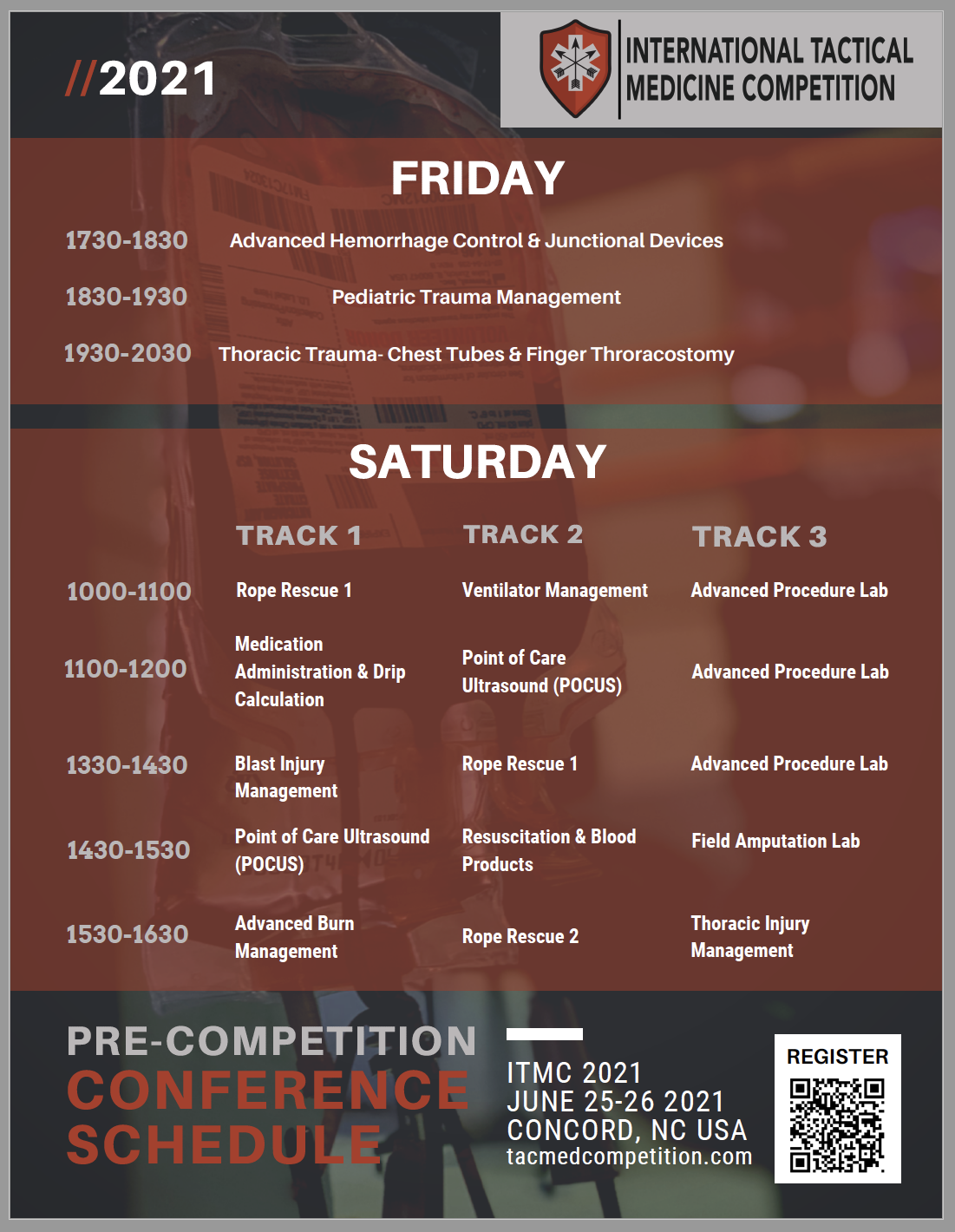
Each team will be tasked with a grueling 4-stage course that is both mentally and physically challenging. The stages transition the competitors through each of the TCCC/TECC phases of care, as well as prolonged and en route care. Teams are challenged with a variety of skills, from providing care under a direct threat to treating casualties with critical care medicine using limited resources. These are the same skills that tactical medics must utilize when they are faced with a wide range of calls/missions, such as a school shooting or evacuation from a far-forward austere setting.
Competitors are also challenged negotiating obstacles or difficult terrain with a casualty. Casualties may have to be hoisted or lowered depending on the situation to moved to a place where they can meet an evacuation asset. The public is welcome as spectators. Spectators can watch teams working through treating various casualties and overcoming the obstacles of challenging scenarios. Teams will be competing from 9:00 am to 5:00 pm on Sunday, June 27th.
This competition has been an incredible opportunity for civil and military operational medical professionals to work together in friendly competition. The training competitors engaged in before the competition has made each competitor a better medical provider and competing allows them to find any weaknesses they may have. We hope to continue and grow this unique competition, to better prepare our responders, and to help the community better understand the services provided. It is our deepest desire to foster an environment for our nation’s responders to hone their skills, so that if the unfortunate moment comes, they are better prepared.
The previous National Tactical Medicine Competitions and now International Tactical Medicine Competition have been a huge success thanks to all of our contributing sponsors, role players, patient actors, judging staff, and adjunct facilitators.
www.Tacmedcompetition.com provides event information, pre-conference registration, and more.
Some of our previous sponsors we would like to thank:
-CTOMS
-Qore Performance
-ADS
-Blaze Defense Systems
-Haley Strategic Partners
-Zenith Firearms
-Breachpen
-Condition Grey
-5.11 Tactical
-Lion Apparel
-First Line Technologies
-North American Rescue
-Silynx
-Juggernaut Case
-RevMedx
-5.11 Tactical
-Vertx
-Altama (Original Footwear)
-CRO Medical
-Core Survival
-Enola Gaye
-Tru-Spec
For further inquiries, sponsorship interest, or more information please contact:
Event PIO: Andrew R. andrew@soarescue.com


